Animated Logo Design Variations: Bringing Brands to Life

Source: Younique, MarketMove Dynamic Identity, Dribbble, https://dribbble.com/shots/17465460-MarketMove-dynamic-identity
Animated logo design stands out as a revolutionary approach to capturing audience attention and conveying a brand's essence. As digital platforms evolve, the demand for visually engaging content increases, and animated logos meet this need by bringing brands to life with motion. These designs go beyond traditional static images to tell a story, showcase personality, and create memorable interactions.
The concept of animated logo design involves integrating traditional branding elements with motion graphics to create a fluid, eye-catching representation of a brand. This technique not only enhances visual appeal but also supports the brand narrative through movement, making it more engaging and relatable to the audience. By doing so, animated logos can significantly boost brand recognition and retention, ensuring that a company stands out in a competitive market.
Whether it’s a subtle movement that expresses a brand’s ethos or a complex animation that unfolds the brand story, animated logos can adapt to various contexts and platforms, adding a versatile and modern twist to brand identity. As we delve deeper into the importance of animated logos, we’ll explore how they are reshaping brand interactions and setting new standards in creative branding.
Enhancing Brand Storytelling
Animated logo design elevates brand storytelling, transforming a static logo into a narrative-rich experience that resonates with audiences. In today’s fast-paced digital environment, storytelling through animation offers a unique opportunity to communicate a brand’s history, values, and personality in a matter of seconds. When a logo animates to reveal its elements sequentially or through engaging transitions, it tells a story that can convey the brand’s journey, its core values, or its future aspirations.
This dynamic form of expression allows brands to create a deeper emotional connection with their viewers. For instance, a logo that animates to depict growth can symbolize a brand’s commitment to development and innovation. Similarly, an animation that includes elements of nature could highlight a brand’s dedication to sustainability. These animated stories are not just visually appealing but are crafted to leave a lasting impression on the audience, thereby increasing brand recall.
Moreover, animated logos are exceptionally versatile, making them suitable for various digital platforms where storytelling needs to be concise and impactful. They can be featured in everything from website headers to mobile apps and social media videos, ensuring consistent brand presence across all touchpoints.
Types of Animation Techniques
Understanding the types of animation techniques is crucial for creating effective animated logo designs. These techniques range from simple to complex, allowing designers to match the animation style with the brand’s personality and communication goals.
Frame-by-Frame Animation: This traditional form of animation involves creating a sequence of frames where each frame shows a slight change from the last, simulating movement. This technique is perfect for elaborate animations that require fine details and expressions.
Motion Graphics: Utilizing geometric shapes, text, and simple icons, motion graphics are ideal for modern and sleek logo animations. This style is often used for logos that need to convey professionalism and precision.
Morphing: Morphing allows one shape to seamlessly transform into another, which can be used to symbolize transformation and adaptability within a brand. It’s a powerful technique for storytelling, showing the evolution of a brand over time.
3D Animation: Adding depth to the design, 3D animation brings logos to life with a more realistic and immersive effect. This technique is suitable for brands looking to stand out with a high-tech or cutting-edge image.
Kinetic Typography: Involving the movement of text, kinetic typography can make a logo more interactive and engaging, especially if the brand name itself is a crucial element of the design.
Rotational Movements: Simple yet effective, rotational movements can represent stability and continuity, which are valuable traits for any brand.
Each of these animation techniques offers different advantages and can be tailored to enhance the animated logo design, ensuring that the brand’s message is not only seen but also felt. Choosing the right technique depends on the brand’s identity and the emotional impact it aims to achieve.
Improving Brand Recall
Animated logo design is a potent tool for enhancing brand recall among consumers. In a marketplace flooded with countless brands, an animated logo stands out by creating a lasting visual impact that static logos often fail to achieve. The motion in an animated logo captures attention more effectively and reinforces memory retention, making the brand more recognizable and memorable.
The key to improving brand recall with an animated logo lies in the consistency and repetition of key visual elements. When these elements are animated in a distinctive manner, they become ingrained in the viewer’s memory. For example, a logo that animates its way onto the screen with a specific movement pattern can become synonymous with the brand, much like a signature tune.
Furthermore, animated logos can be adapted to various contexts without losing their identity. Whether appearing in an introductory sequence of a video, on digital billboards, or as a loading animation on a website, each repetition across different platforms reinforces the brand’s visual identity in the minds of consumers.

Source: Juste Navickaite, Cube3 Animated Logo Exploration, Dribbble, https://dribbble.com/shots/21876953-Cube3-Animated-Logo-Exploration
Creating Emotional Connections
Animated logo design plays a crucial role in creating emotional connections with the audience. By incorporating motion into a brand’s logo, companies can evoke specific feelings and attitudes that resonate with their target market. Animation allows for a storytelling component that static logos cannot convey, which can be leveraged to evoke joy, excitement, trust, or even curiosity.
The use of specific animation styles, such as smooth, flowing motions or sharp, quick movements, can influence how the brand is perceived emotionally. For instance, a gently unfolding flower in a logo might evoke feelings of calm and beauty, while a rapidly spinning gear could convey a sense of energy and innovation.
Moreover, the colors and pacing of the animation also play significant roles in emotional engagement. Warm colors and slow, deliberate animations can create a sense of warmth and welcome, whereas cool colors and fast animations might be used to convey professionalism and efficiency.
By effectively aligning the animation style with the brand’s emotional appeal, companies can create a more profound impact on their audience. This emotional connection is crucial for brand loyalty, as consumers are more likely to remember and prefer brands that they feel emotionally attached to.
Increasing Engagement
Animated logo design significantly increases engagement by capturing the audience's attention and providing a memorable visual experience. In a digital age where users are constantly bombarded with content, a well-designed animated logo can make a brand stand out and encourage deeper interaction. The motion in an animated logo not only draws the eye but also holds the viewer's attention longer than a static image might, leading to increased engagement with the brand’s content.
Animation can transform a logo from a mere graphic to an interactive element on digital platforms. For instance, a logo that reacts to user interactions on a website, such as hovering or clicking, can enhance user experience and engagement. This interactivity encourages users to spend more time exploring the brand’s offerings, ultimately increasing the likelihood of conversion.
Moreover, animated logos are highly shareable. Their dynamic nature makes them more likely to be shared across social media, increasing brand exposure and attracting new audiences. This viral potential is crucial for brands looking to expand their digital footprint and engage with a broader audience.
Animation for Brand Identity
Incorporating animation into a brand’s identity can elevate its presence and perception in the market. Animated logo design is not just about aesthetic appeal; it's a strategic tool that can express a brand's dynamic and innovative characteristics. By animating elements of the logo, a brand can convey key aspects of its identity—such as its agility, creativity, or modernity—more effectively than a static logo could.
The animation of a logo can tell a story about the brand, highlight its strengths, and communicate its values. For example, a logo that includes elements such as water or leaves might use animation to emphasize a commitment to sustainability or natural products. Similarly, a technology company might use sleek, fast-moving animations to reflect its focus on efficiency and cutting-edge solutions.
Animated logos can adapt to different contexts and messaging, making them incredibly versatile. They can be customized for special occasions, campaigns, or seasons, thereby reinforcing the brand identity through consistent yet adaptable messaging. This flexibility ensures that the brand remains relevant and engaging across various consumer touchpoints.
Improving User Experience
Animated logo design can greatly enhance the user experience on digital platforms. By integrating motion into a brand’s visual identity, companies can create a more interactive and engaging interface that resonates with users. Animated logos not only grab attention but also provide visual feedback in response to user actions, such as clicks or mouse-overs, which can make navigation more intuitive and enjoyable.
The incorporation of animation into a logo design helps in breaking the monotony of static web pages, making the digital experience more dynamic and lively. For instance, an animated logo can serve as a delightful element during page loading times, reducing perceived wait times and keeping the user engaged. This subtle use of animation can significantly improve the user's perception of the brand’s digital presence.
Furthermore, animated logos are an excellent way to ensure consistency across various platforms while also providing the flexibility to adapt to different device formats—from desktops to mobile phones. By maintaining visual interest and interactivity, animated logos help create a seamless experience that fosters user satisfaction and loyalty.
Overall, by improving navigation, reducing perceived wait times, and maintaining consistency across platforms, animated logos play a crucial role in enhancing the overall user experience. This strategic use of animation supports not only usability but also strengthens the emotional connection with the brand.

Source: Natalia Timea Szabo, Logofolio - vol. 01, Behance, https://www.behance.net/gallery/146241829/Logofolio-vol-0
Keeping Up With Trends
In the ever-evolving landscape of design, keeping up with trends is crucial for maintaining a relevant and modern brand identity. Animated logo design is at the forefront of these trends, offering brands a dynamic way to showcase their adaptability and forward-thinking nature. As digital mediums continue to dominate the market, the demand for innovative and interactive design solutions increases, making animated logos a key element in contemporary branding strategies.
Utilizing animated logos allows companies to demonstrate their awareness of current design trends and their commitment to providing a cutting-edge user experience. This can be particularly effective in industries where technology and creativity are paramount, such as in tech startups, digital marketing firms, and creative agencies.
Moreover, animation in logos can be adapted to reflect seasonal themes, special promotions, or major corporate milestones, enabling brands to stay current and engaged with their audience. For example, a retail brand might introduce subtle animations to its logo during holiday seasons to evoke a festive spirit.
Staying abreast of animation trends not only helps in keeping the visual identity fresh but also signals to customers that the brand is up-to-date and responsive to changing consumer preferences. This approach not only enhances brand perception but also encourages engagement, as consumers are typically more drawn to brands that are perceived as current and relevant.
Adapting to Different Media
Animated logo designs excel in their versatility across various media platforms, an essential feature in today’s multimedia environment. Whether displayed on a large digital billboard, incorporated into a video intro, or used on a mobile app, an animated logo can adapt seamlessly, maintaining brand consistency while optimizing visibility and impact.
On digital billboards, animated logos capture the attention of passersby with movements that break through the urban visual clutter. In video content, an animated logo can serve as a compelling intro or outro, enhancing brand recall every time a video is played. For mobile applications, subtle animations can engage users each time they open the app, reinforcing brand identity in a space where user attention is limited.
The ability to adapt to different screen sizes and platform requirements without losing quality is key. This means that animations need to be well-designed not only in terms of aesthetics but also in technical execution. The file size and format of the animated logo must be optimized to ensure quick loading times and high performance across all devices and bandwidth conditions.
Supporting Marketing Strategies
Animated logos are a powerful asset in supporting comprehensive marketing strategies. By adding motion to a brand’s logo, companies can increase the effectiveness of their advertising and promotional efforts, creating more impactful and memorable marketing campaigns. Animated logos can be integrated into various aspects of marketing, from online advertisements to email marketing campaigns and beyond.
In online advertising, an animated logo can significantly boost ad performance by increasing click-through rates. The dynamic element of motion attracts more viewer attention than static images, making the ads stand out in a crowded digital landscape. For email marketing, including an animated logo at the top of newsletters or promotional emails can capture the recipient’s interest right from the opening, potentially increasing engagement rates.
Furthermore, animated logos can be tailored to different campaigns and promotions, providing a flexible tool that can be adjusted to suit specific marketing objectives. For example, a limited-time promotion might feature an animated logo with elements that highlight the urgency of the offer, such as a ticking clock or a dynamically changing discount percentage.
By enhancing brand visibility and engagement, animated logos not only support existing marketing strategies but also open up new avenues for creative and effective communication. This makes them an invaluable component of modern marketing efforts, helping brands to stay vibrant and connected with their audiences in an ever-evolving market.
Conclusion
As we've explored, animated logo design is more than just a trend; it's a strategic approach to modern branding that enhances user engagement, improves brand recall, and adapts seamlessly across various media. By integrating motion into their logos, brands can communicate their identity and values in a dynamic way that resonates with today's digital-first audience. Animated logos are set to become a staple in the branding toolkit, offering a versatile, memorable, and engaging way to showcase a brand's unique personality and vision. Investing in animated logo design is investing in the future of your brand’s visibility and connection with its audience.
Let Us Know What You Think!
Every information you read here are written and curated by Kreafolk's team, carefully pieced together with our creative community in mind. Did you enjoy our contents? Leave a comment below and share your thoughts. Cheers to more creative articles and inspirations!

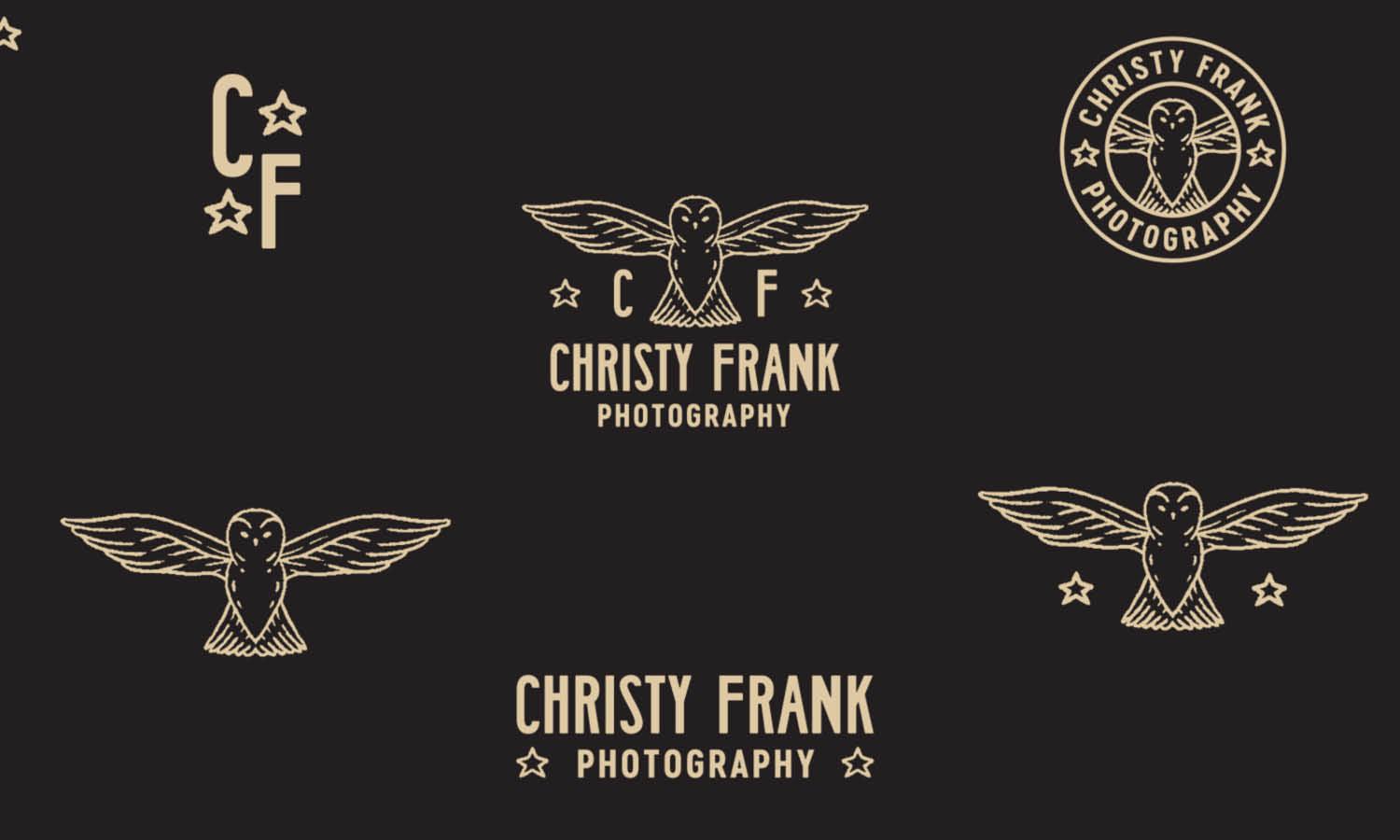
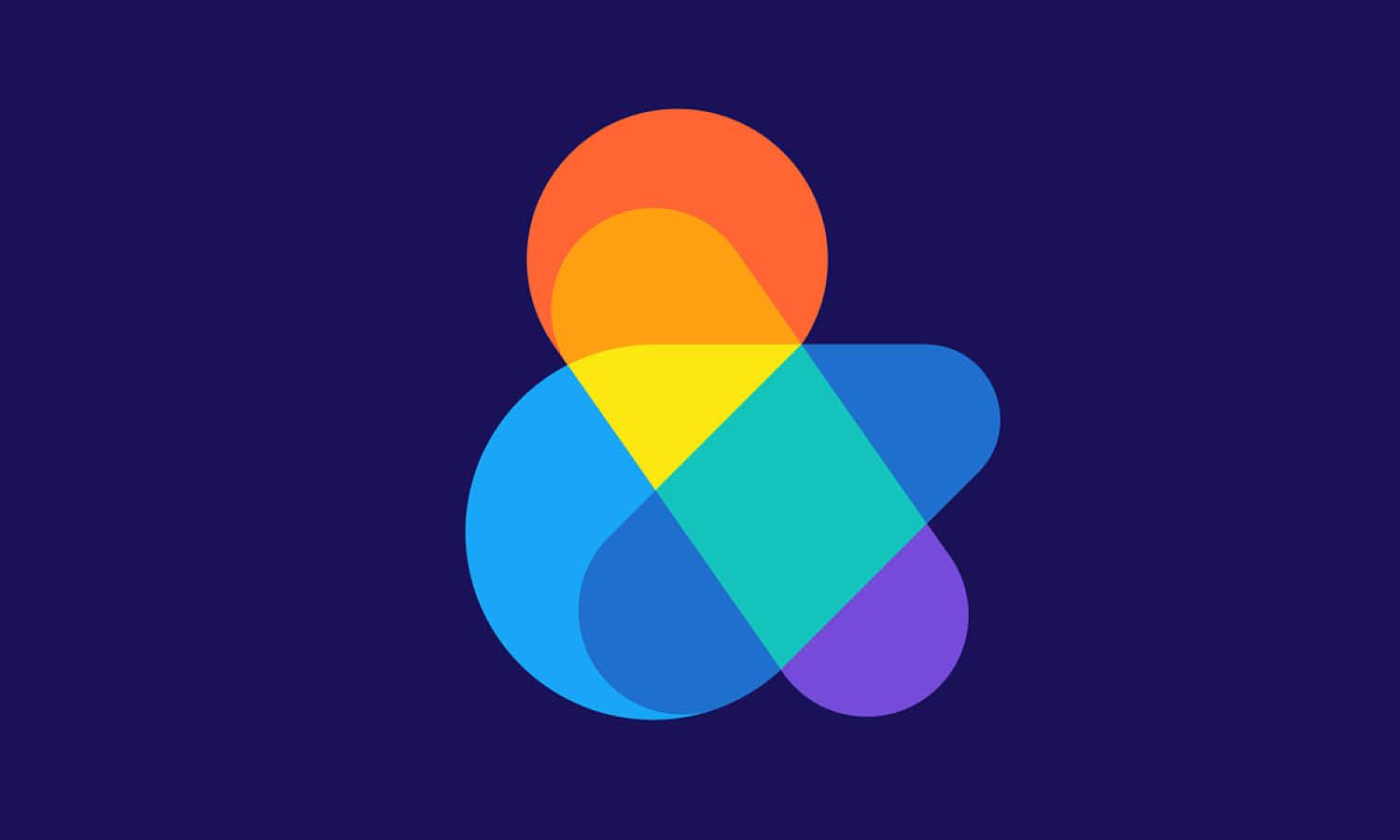
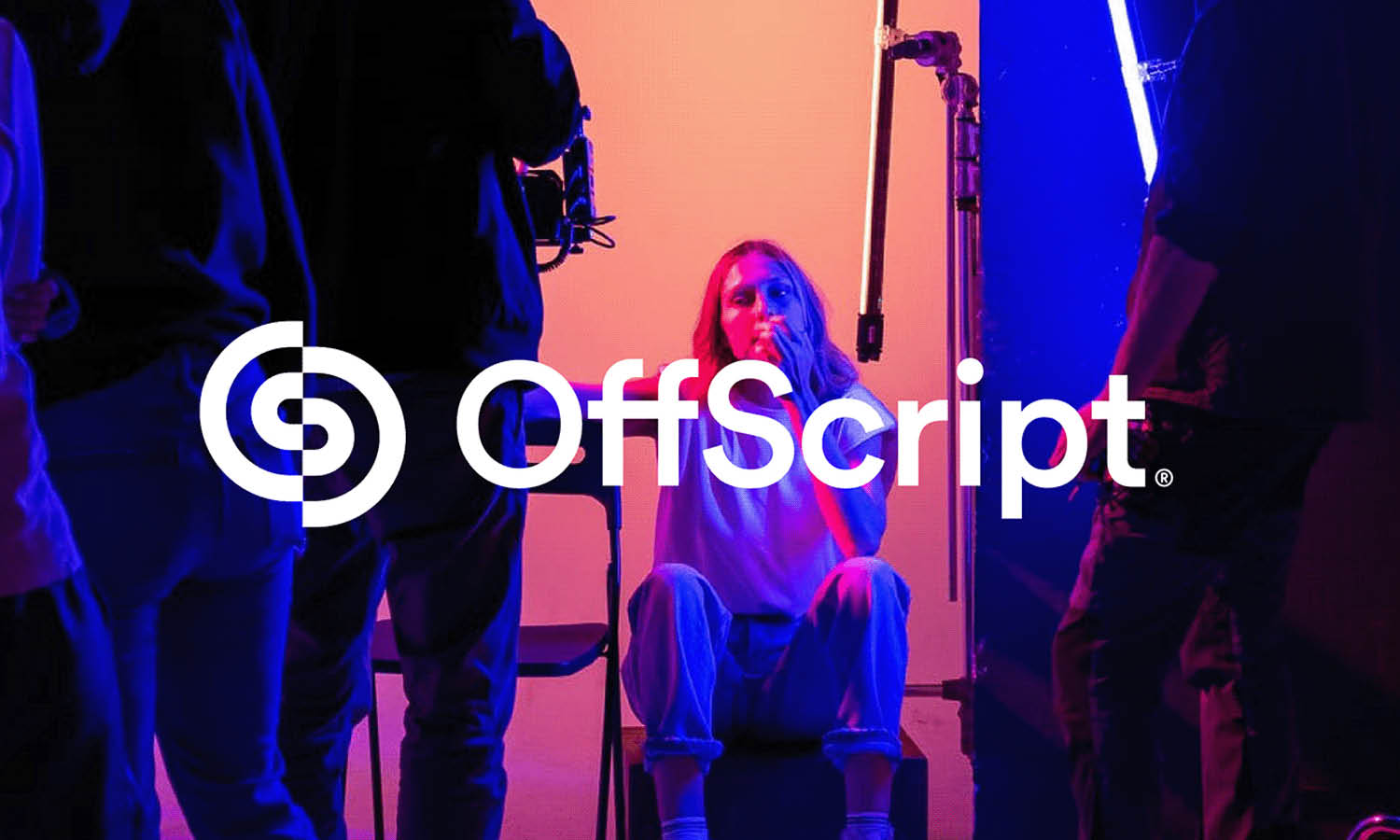


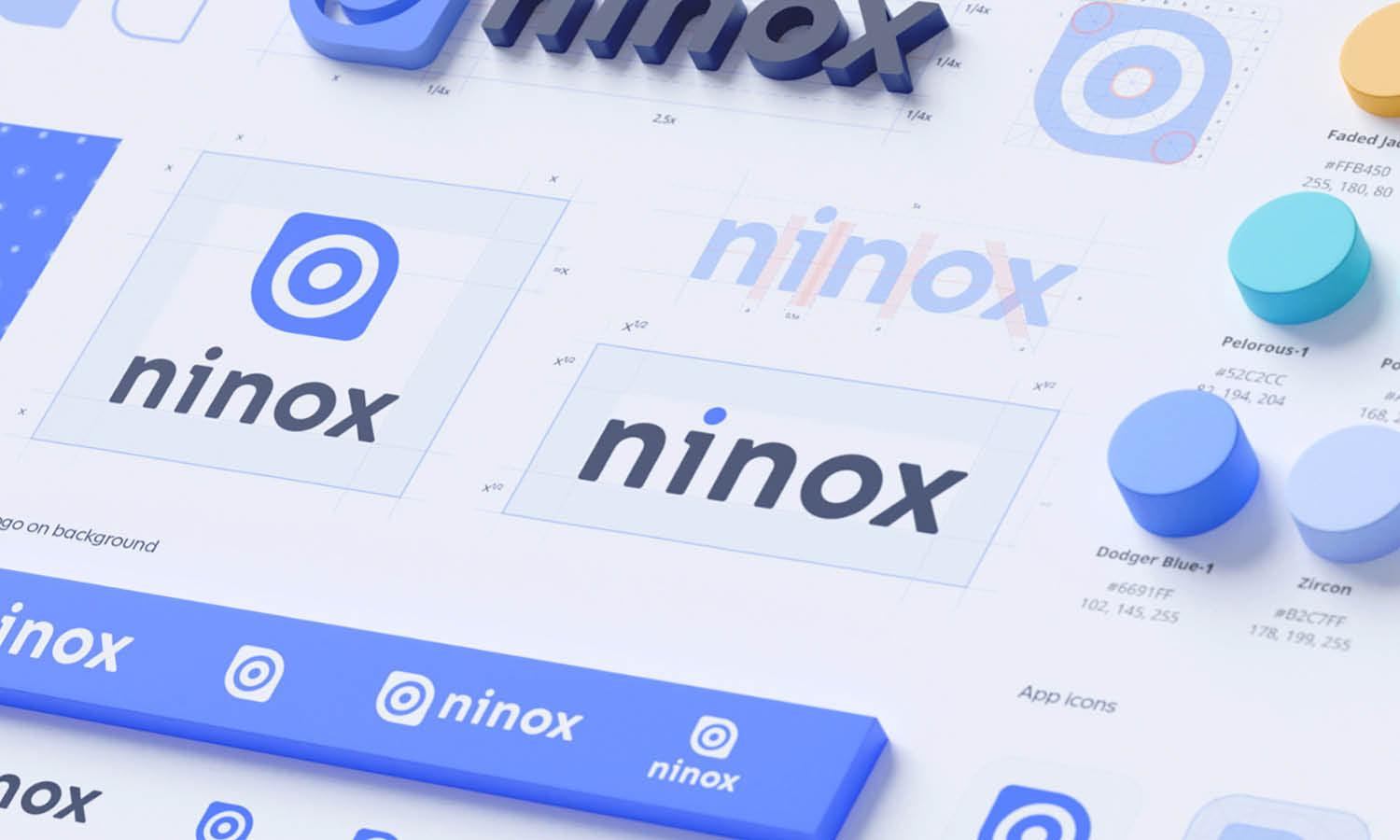
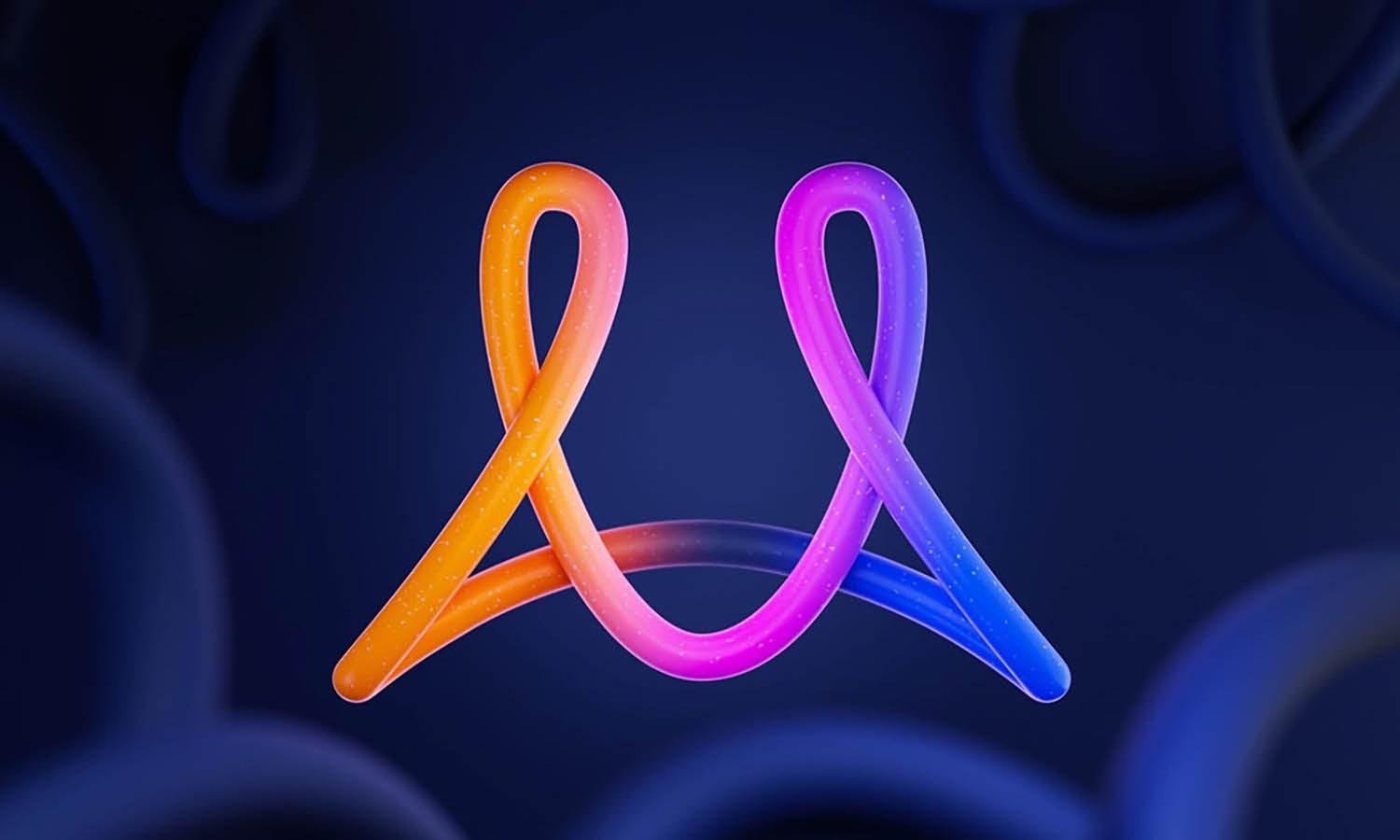
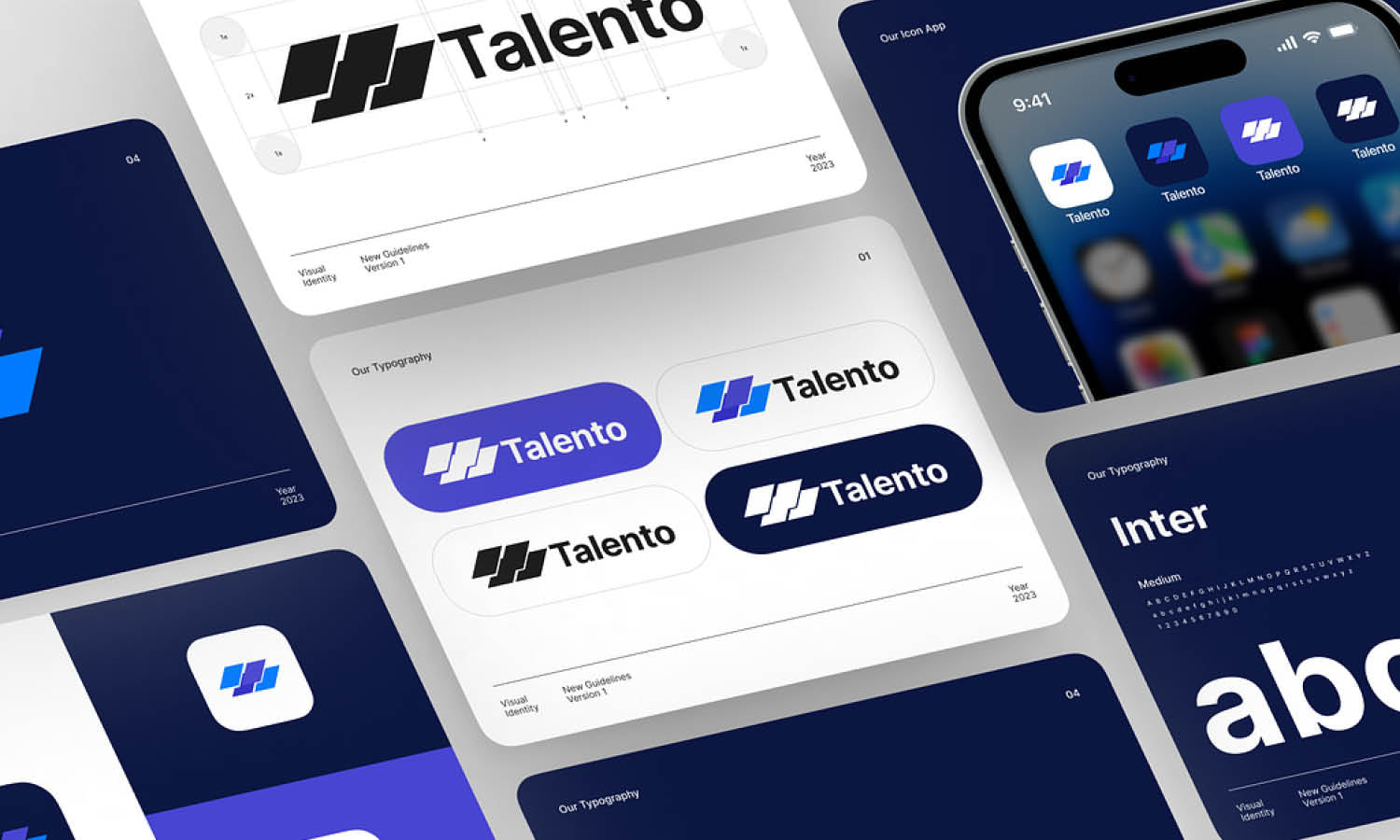







Leave a Comment